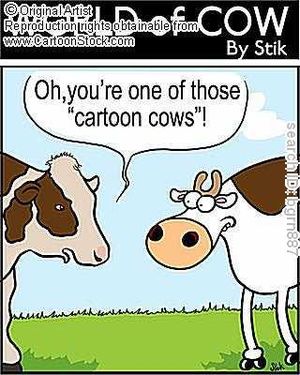Classroom:NTNU, LING1113 (2009) - Some Terminology
Superiority
In Norwegian we have the prepositions 'på' and 'over' signaling superiority. Also the term superiority is taken from Frawley's work referring the "upwardly projected ideal space from the reference object" (Frawley 1992, p.266).Yet, the term does not seem a particular lucky one, since it mainly seems to be understood as relating to social dominance, prestige and rank.An example of spatial expressions denoting the upward space relative to the Ground is "Vi går på broen over veien", which means "we walk on the bridge over the road". "Vi" is the located object and "broen" is the reference object where 'på' is the preposition used to denote superiority. The located object is "broen" and the reference object is "veien" in the case where we use 'over' as the preposition. The located object is in the upward space from the reference object without them having contact with each other. In this example we have atelicity, path, goal, single motion and the locomotion is walking. Another example using the preposition 'over' in Norwegian is "Lampen henger over bordet" which translated into English would be "The lamp hangs over the table". In this case "the lamp" is the located object being in the upward space from the reference object, namely the table, without them being in contact. We have a physical location in this example. A third example is an example where 'over' is used as denoting a concept instead of an actual location. A sentence might be "bibliografi over litteratur", which means "bibliography of literature". Here the located object "bibliografi" is not in the space superior to the literature, which is the reference object. It rather means "bibliografi" focusing on "litteratur".
'Ovenfor' is another preposition signalling superiority. This preposition denotes that the located object is located over the reference object, without any contact between them. It is higher than it. A sentence could be "Huset står ovenfor skolen", which means "the house stands above the school". "Huset" is higher situated in space than "skolen", it is on a higher place. 'Ovenfor' could also have a conceptual meaning when we say "et avsnitt ovenfor på denne siden", which means "a paragraph earlier on this page". It does not mean that the located object "en side" is superior to "denne siden", the reference object.
Posteriority
"Bak" is a Norwegian preposition denoting posteriority. In Norwegian the frame of reference is projected from the viewer, as for anteriority. If we are to describe a located object being at the reference object`s intrinsic front/back then we explain this in the sentence. We say that it is the back/front side of the reference object that the located object is anterior to. An example of a sentence using "bak" to indicate a physical location; "Mannen står bak huset", which means "the man stands behind the house". Here the located object is "mannen" and "huset" is the reference object, the relation is posteriority.
"Gruppen stod bak opprøret", means "the group stood behind the revolt". It expresses that the group were the ones causing it to happen. So here we don`t denote a physical location, rather a concept.
"Bakenfor" is another preposition denoting posteriority. An example is "Jenta står bakenfor bygningen", "the girl is standing behind the building". The located object is "jenta" and the reference object is "bygningen". We have a physical location here.
This preposition can also locate an object in a concept. A sentence might be as follows; "Oppdag sannheten bakenfor mytene", "discover the truth behind the myths". Here the meaning is that you reveal something. The object that is "bakenfor" an object is hidden by it, concealed in some way, this is a more abstract meaning. "Bakom" is another preposition denoting posteriority. "Hunden sprang bakom huset", "the dog ran behind the house". Here we have a physical location, where "hunden" is the located object and "huset" is the reference object. There is locomotion here, running, and we have path and atelicity, because the action is unfinished.
Back to Motion_and_Space
